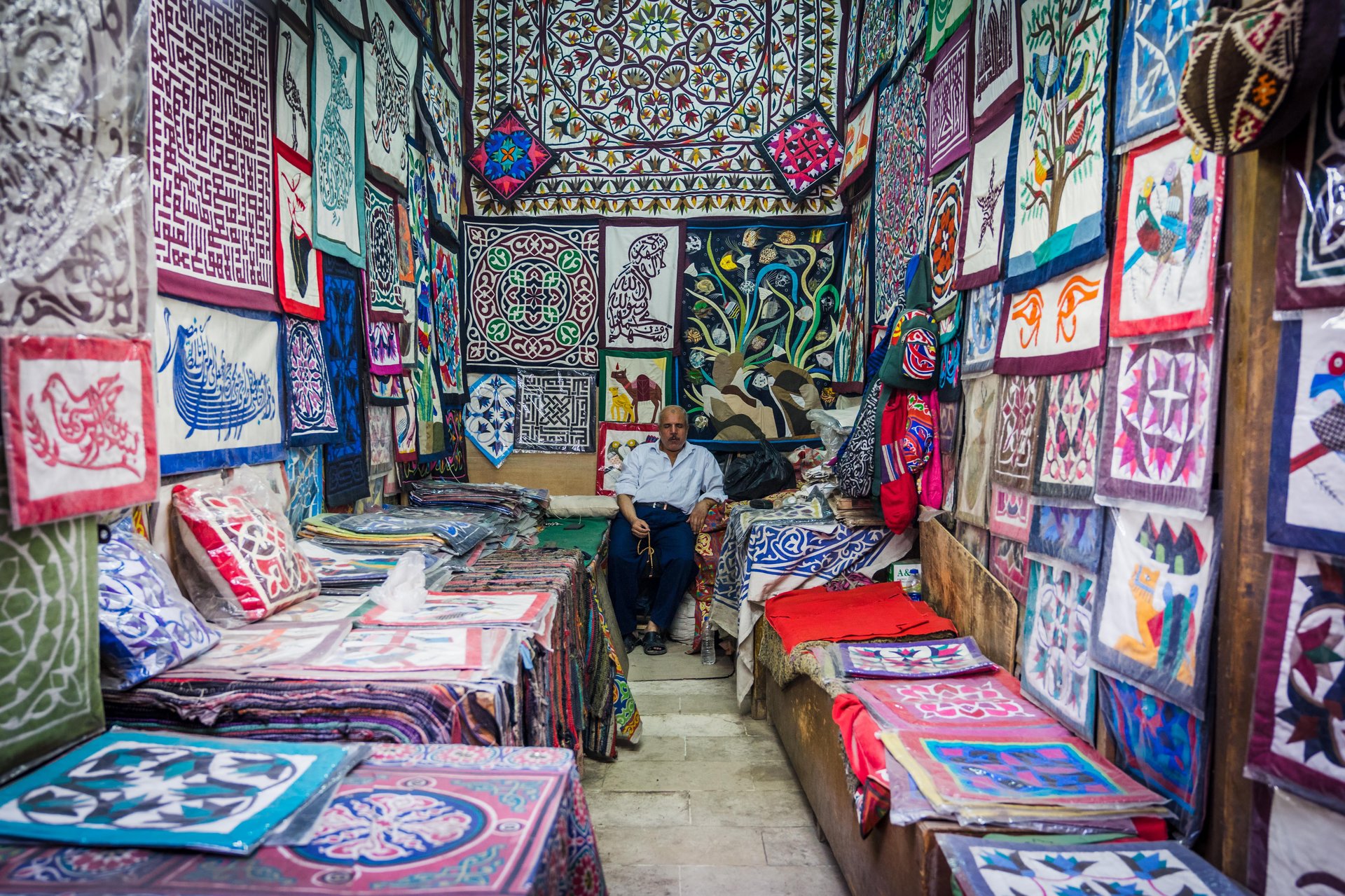Photos: The Cairo artisans saving a thousand years of Egyptian history
Cairo is a historic megacity, home to ancient bazaars, the Great Pyramids of Giza, and one of the world’s oldest institutions of higher learning, Al-Azhar University.
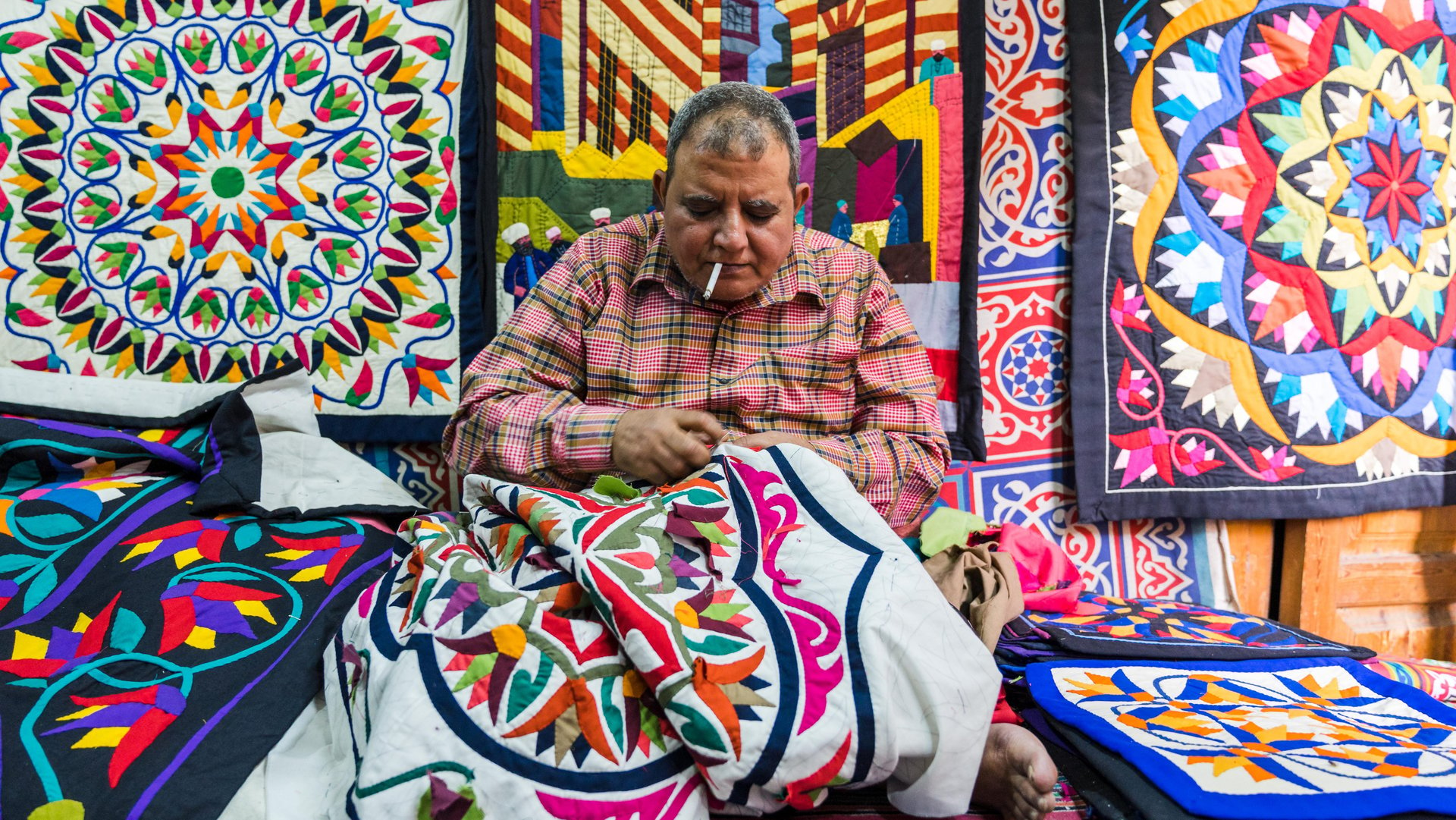

Cairo is a historic megacity, home to ancient bazaars, the Great Pyramids of Giza, and one of the world’s oldest institutions of higher learning, Al-Azhar University.
And tucked in its midst is al-Darb al-Ahmar (‘Red Road’ in Arabic), a 14th-century quarter that’s a maze of narrow, twisting alleyways lined with medieval Islamic architecture and towering minarets. The district is also unique given its cultural and historic vibrancy: street markets and workshops where over 1000 artisans make hand-woven textiles, silk carpets, and furniture inlaid with mother-of-pearl.
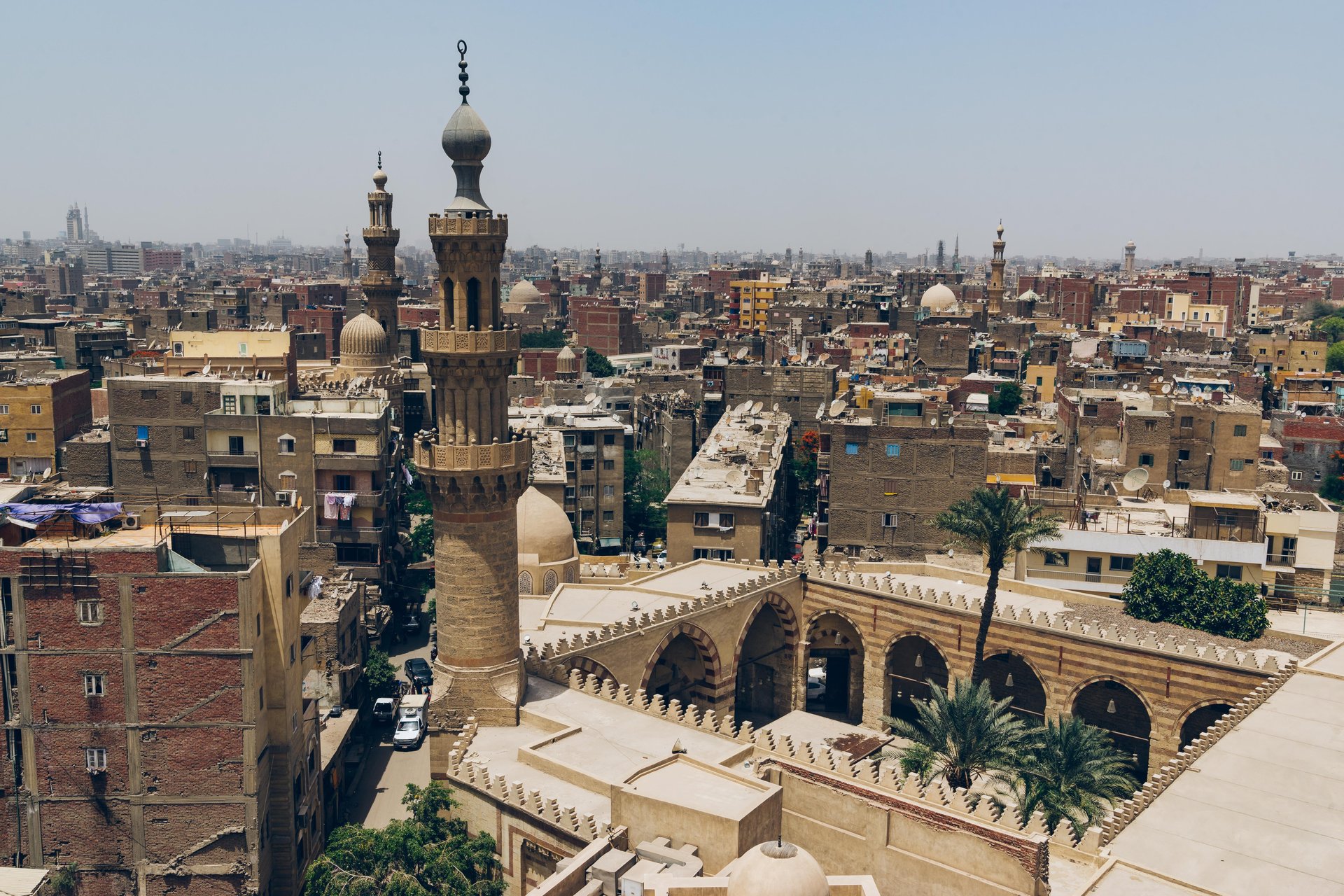
The work of these craftspeople, and how their handiwork is under threat after centuries, is the subject of a new photo series currently exhibiting at London’s Royal Geographical Society by London-based photographer Christopher Wilton-Steer. Most of the workers in the district inherited their skills from their parents and grandparents, including jewelry-making and carpentry, bookbinding, glass-blowing, shoe-making besides producing brass lanterns.
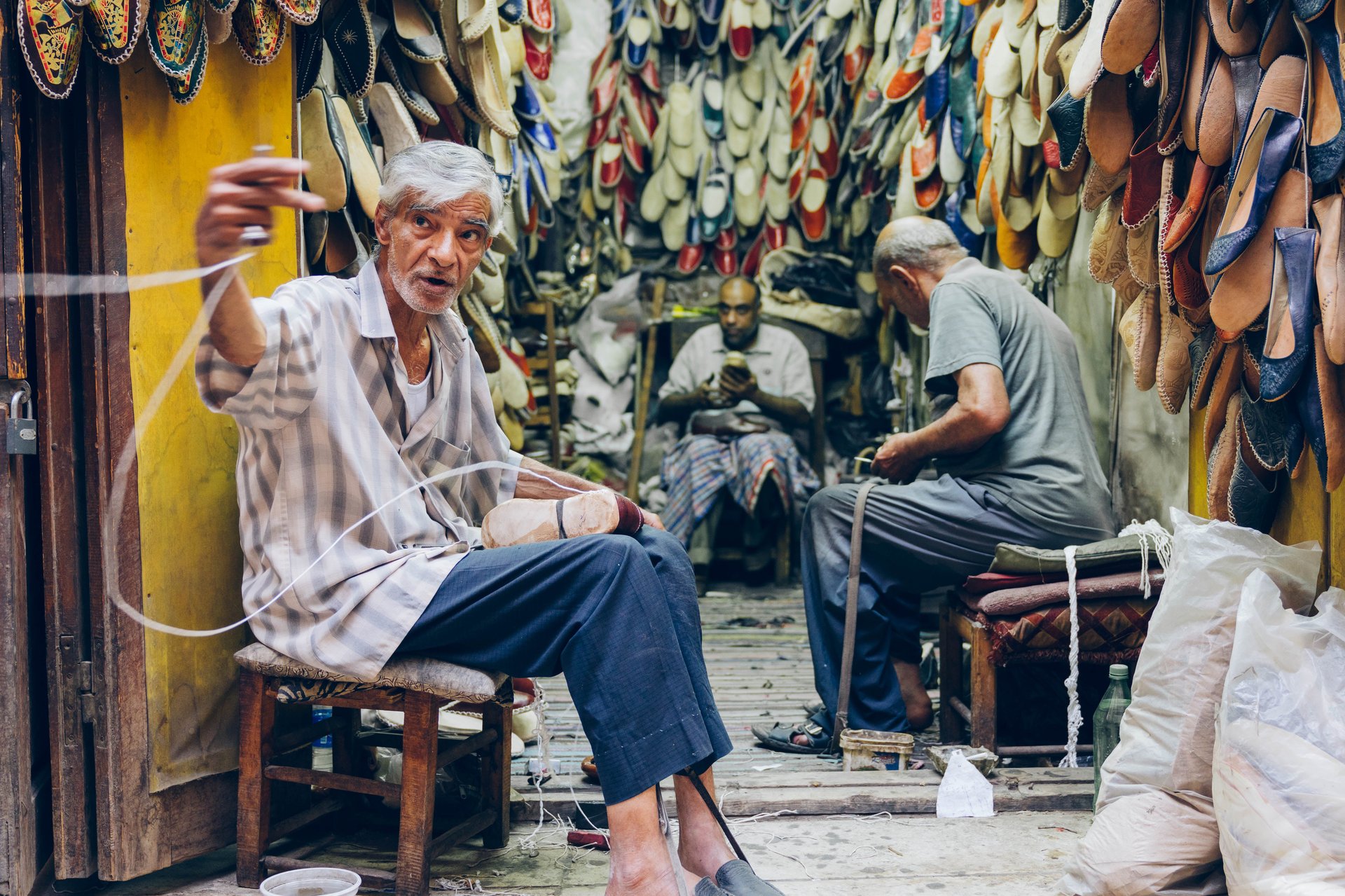
An entire street in the district is also dedicated to tent-making, an old craft dating from the Fatimid period in the 10th to 12th century. At the time, the tent-makers would produce the kiswah, the clothing that covers the Kaaba stone in the holy mosque in Mecca, Saudi Arabia, as well as tents, fabric, and saddles for those setting out on the hajj pilgrimage.
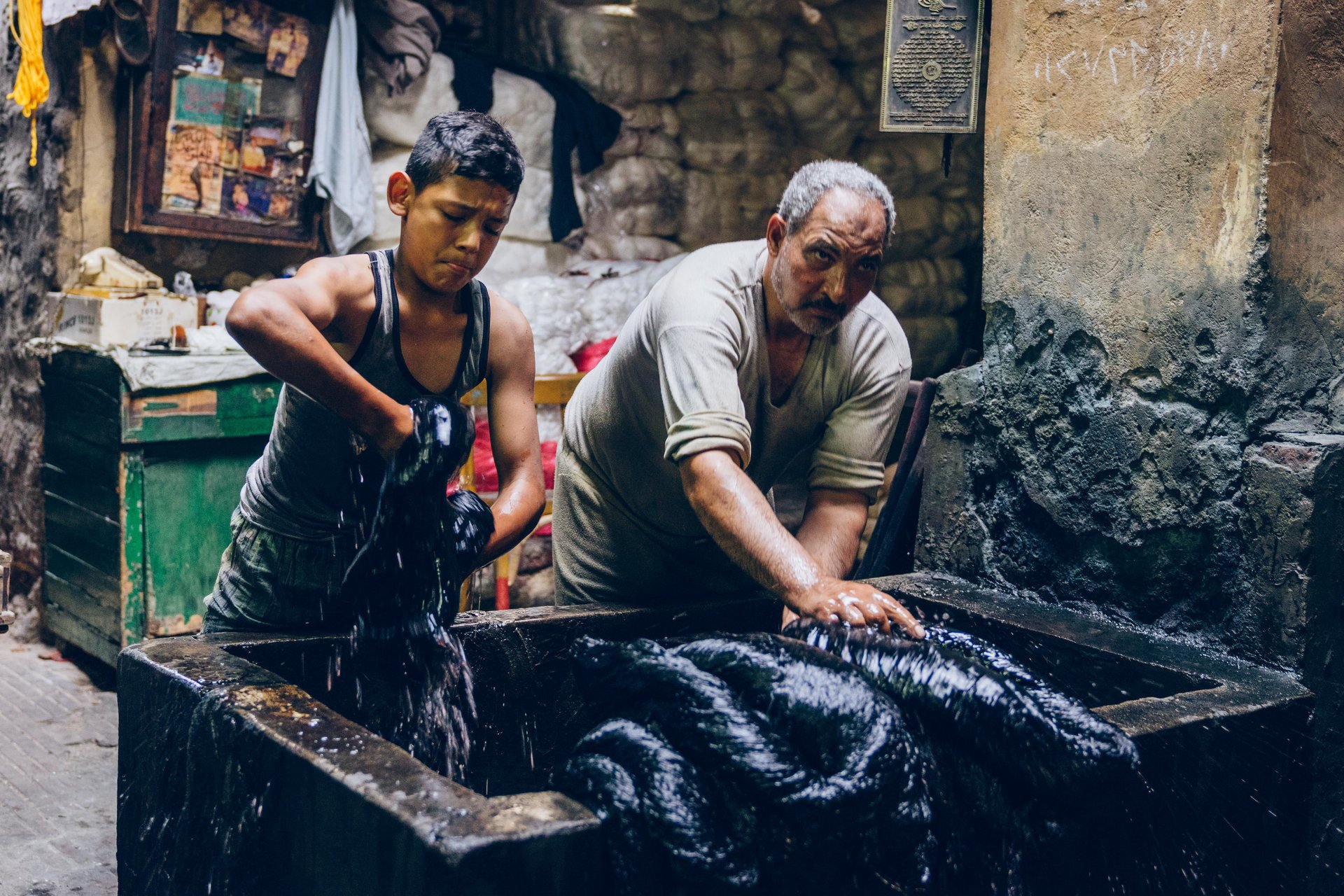
Yet given the mechanization of production and the political and economic turmoil in Egypt, many of these craftworks are facing an uncertain future. Wilton-Steer says he decided to capture these old traditions so as to draw attention to the unique work in this district and “to reframe in some small way the narrative around Egypt.”
“In this kind of globalized world, these kinds of businesses can just snuff out in a generation. And an entire cultural heritage could be lost as a result of it,” he said.
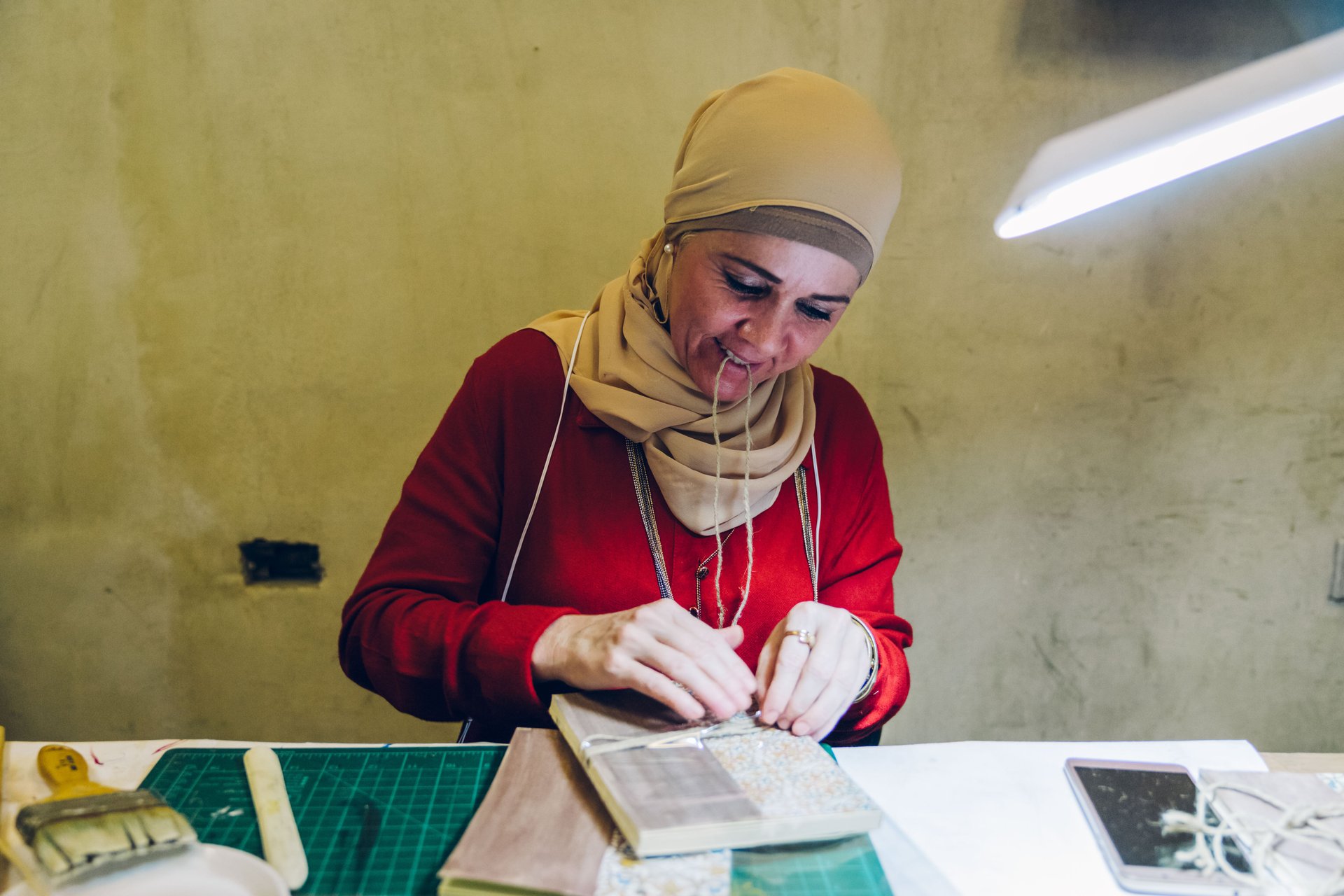
While shooting the project last May, Wilton-Steer met craftsmen like Hassan Hodhod, a former boxer now glass blower who learned the trade from his grandfather. There was also Khaled Khalida, who picked up on furniture design as he ran errands as a child for his father. Said Salem owns a workshop that produces a variety of artisanal products and hopes his son will take over the business one day. And sporting a salt-and-pepper beard, Hassan Adri says his tent-making is still inspired by pharaonic, folkloric, Islamic and modern styles.
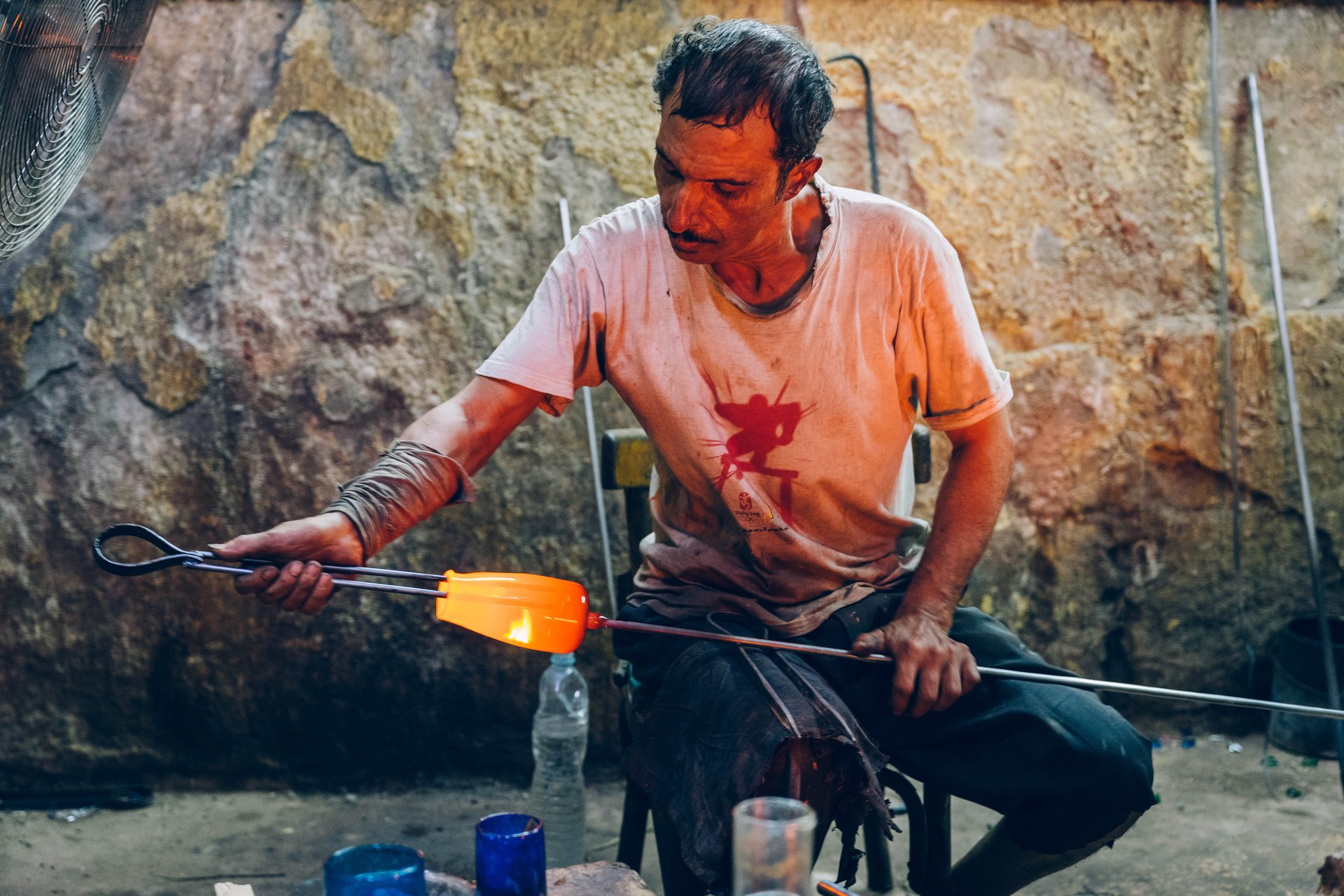
In recent years, the Al-Ahmar district has also received some attention, with organizations like the Aga Khan Trust for Culture working to revitalize the quarter, restore some of its sites, and protect it from insensitive development. Yet that isn’t much of a salve given Egypt’s faltering economy and the deterioration of the tourism industry since the Arab Spring protests of 2011.
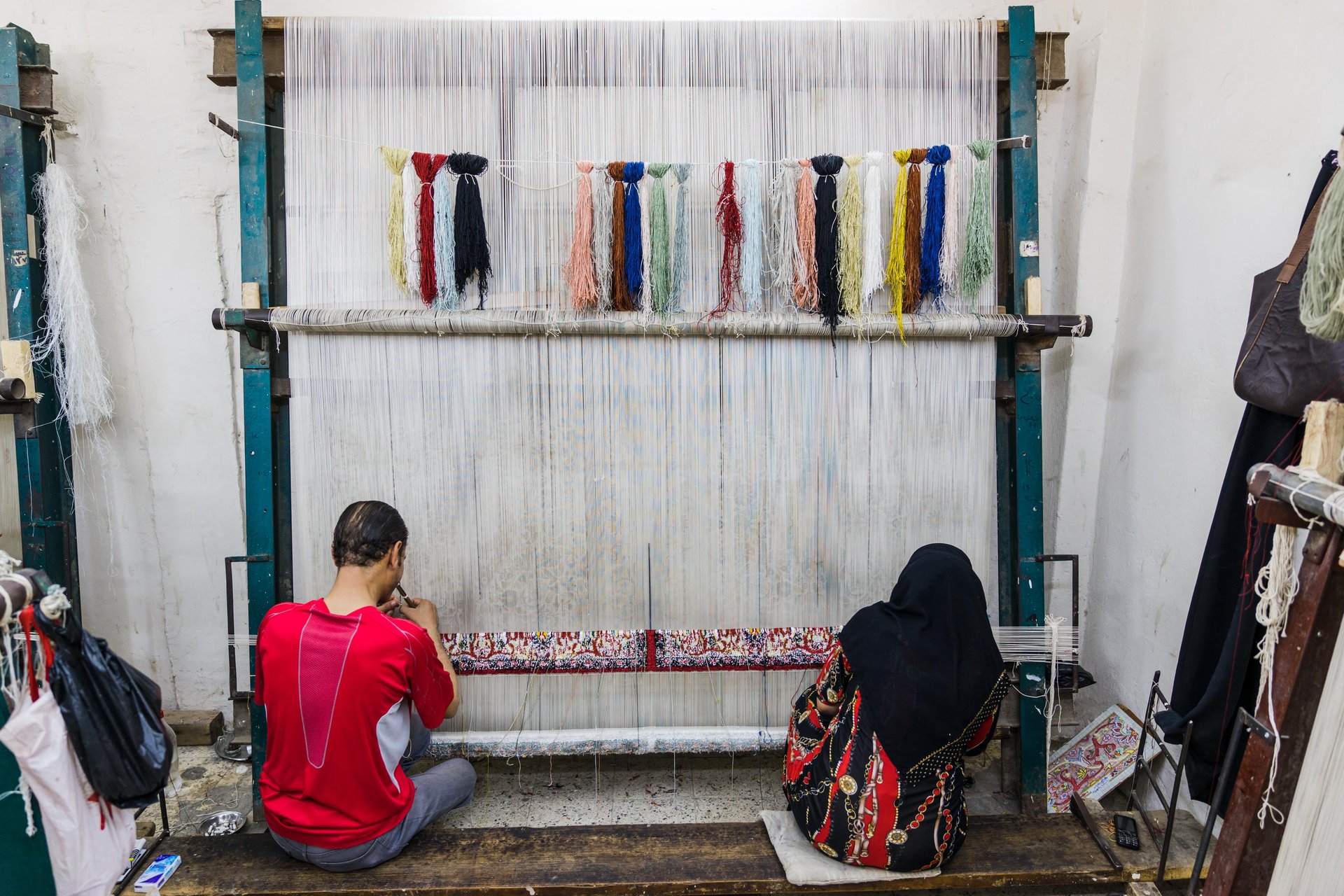
Wilton-Steer argues the life and work in Darb al-Ahmar deserves more global attention and preservation efforts. “This is really a special place with a unique thing happening. It would be such a tragedy to lose this heritage.”
